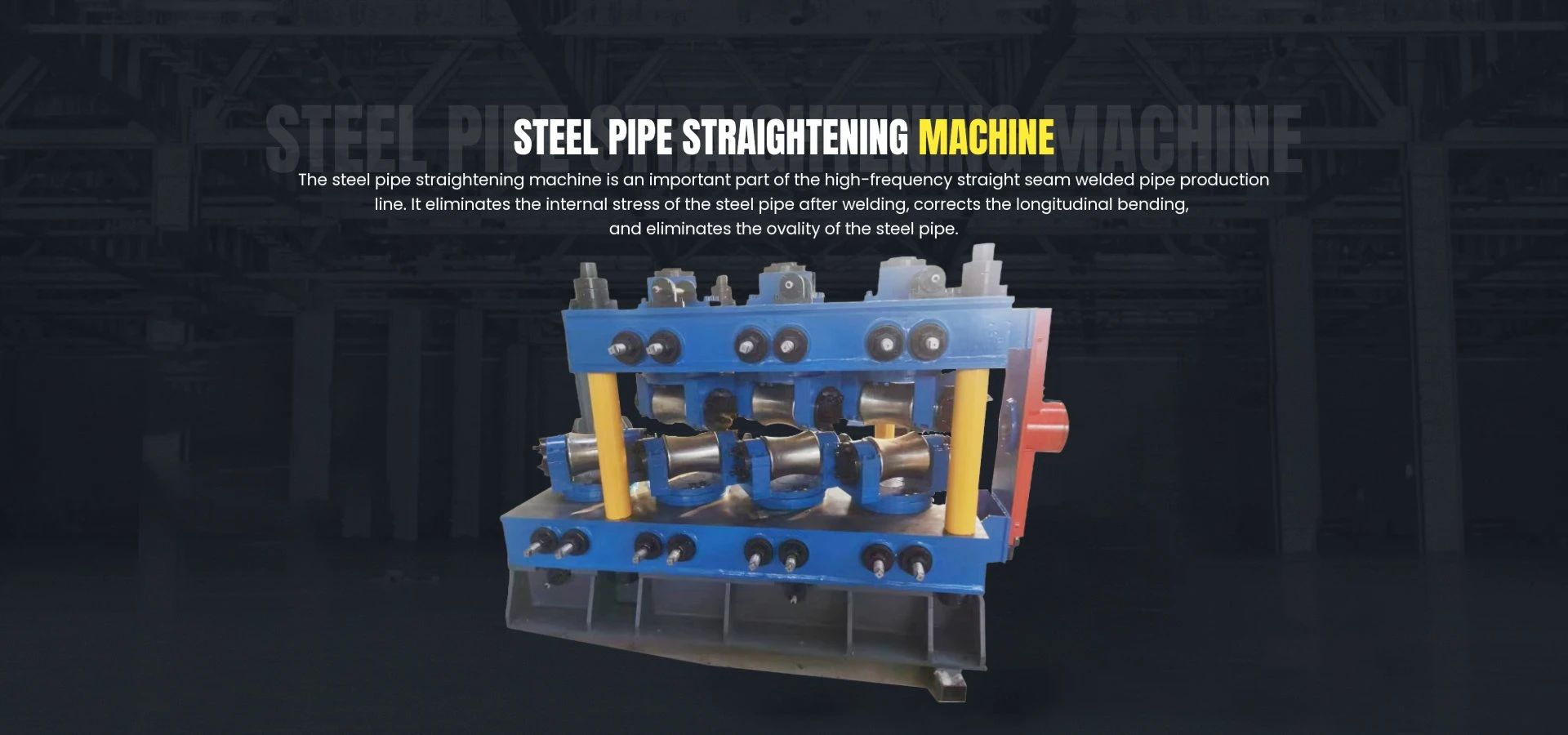welding machine for ppr pipe
The Importance of Welding Machines for PPR Pipes
Welding plays a crucial role in various industries, particularly in the field of plumbing and piping systems. One of the most significant developments in this area has been the introduction of welding machines specifically designed for PPR (Polypropylene Random Copolymer) pipes. These machines are invaluable for ensuring the integrity and reliability of piping systems across a range of applications, including residential, commercial, and industrial environments.
Understanding PPR Pipes
PPR pipes are favored for their durability, resistance to corrosion, and lightweight properties. They are commonly used in hot and cold water supply systems, as well as for heating systems. The seamless nature of PPR pipes allows for smooth flow with minimal resistance, making them an efficient choice. However, the effectiveness of these pipes is heavily reliant on the quality of the joints created during installation. This is where welding machines come into play.
The Welding Process
Welding PPR pipes typically involves a method known as butt fusion or socket fusion. Butt fusion involves aligning two pipe ends together and applying heat until they melt and fuse to create a strong, seamless connection. Socket fusion, on the other hand, involves heating the socket and the pipe end to be joined, then pushing them together to create a bond. Both methods require precision and the right equipment to ensure optimal results.
Features of Welding Machines
Modern welding machines for PPR pipes come equipped with various features that enhance their functionality. Most machines feature digital displays for temperature monitoring, ensuring that the right welding temperature is maintained throughout the process. Additionally, many models include automatic shut-off systems that prevent overheating, which can compromise the integrity of the weld.
welding machine for ppr pipe

Portability is another significant aspect of many welding machines. Lightweight designs and built-in handles allow for easy transport to job sites. This is especially important for contractors who need to mobilize frequently. Furthermore, some machines offer multiple size options that accommodate a range of pipe diameters, providing versatility for various projects.
Benefits of Using Welding Machines
The primary advantage of utilizing welding machines for PPR pipe installation is the creation of robust, leak-proof joints. Poorly welded joints are a common cause of plumbing failures, which can lead to costly repairs and water damage. By employing a reliable welding machine, installers can ensure that each joint is performed to high standards, promoting long-term durability.
Additionally, using welding machines simplifies the installation process. Manual methods of joining pipes, such as using adhesives or mechanical fittings, can be time-consuming and may not provide the same level of strength as welded joints. Welding allows for quick assembly, reducing labor costs and project timelines.
Moreover, the automated features of modern welding machines minimize the potential for human error, further enhancing the quality of the welds produced. As technology progresses, these machines continue to improve, ensuring that they meet the evolving needs of the industry.
Conclusion
In conclusion, welding machines designed for PPR pipes are essential tools for professionals in the plumbing and construction sectors. They not only enhance the quality and strength of pipe installations but also contribute to more efficient and cost-effective construction practices. As the demand for reliable and durable piping systems continues to grow, the importance of investing in high-quality welding machines becomes increasingly evident. By ensuring that PPR pipes are welded properly, companies can provide their customers with top-notch solutions that stand the test of time.
-
High Frequency Straight Seam Welded Pipe Production Line-BzZhou Xinghua Machinery Equipment Manufacturing Co., LTD.|line pipe steel&welded gas pipeNewsJul.30,2025
-
High Frequency Straight Seam Welded Pipe Production Line-BzZhou Xinghua Machinery Equipment Manufacturing Co., LTD.|High Precision&Automated SolutionsNewsJul.30,2025
-
High Frequency Straight Seam Welded Pipe Production Line - BzZhou Xinghua Machinery Equipment Manufacturing Co., Ltd.NewsJul.30,2025
-
High Frequency Straight Seam Welded Pipe Production Line-BzZhou Xinghua Machinery Equipment Manufacturing Co., LTD.|Precision Welding, High EfficiencyNewsJul.30,2025
-
High Frequency Straight Seam Welded Pipe Production Line|BzZhou Xinghua|Precision Welding&EfficiencyNewsJul.30,2025
-
High Frequency Straight Seam Welded Pipe Production Line - BzZhou Xinghua|Precision Engineering&EfficiencyNewsJul.30,2025


